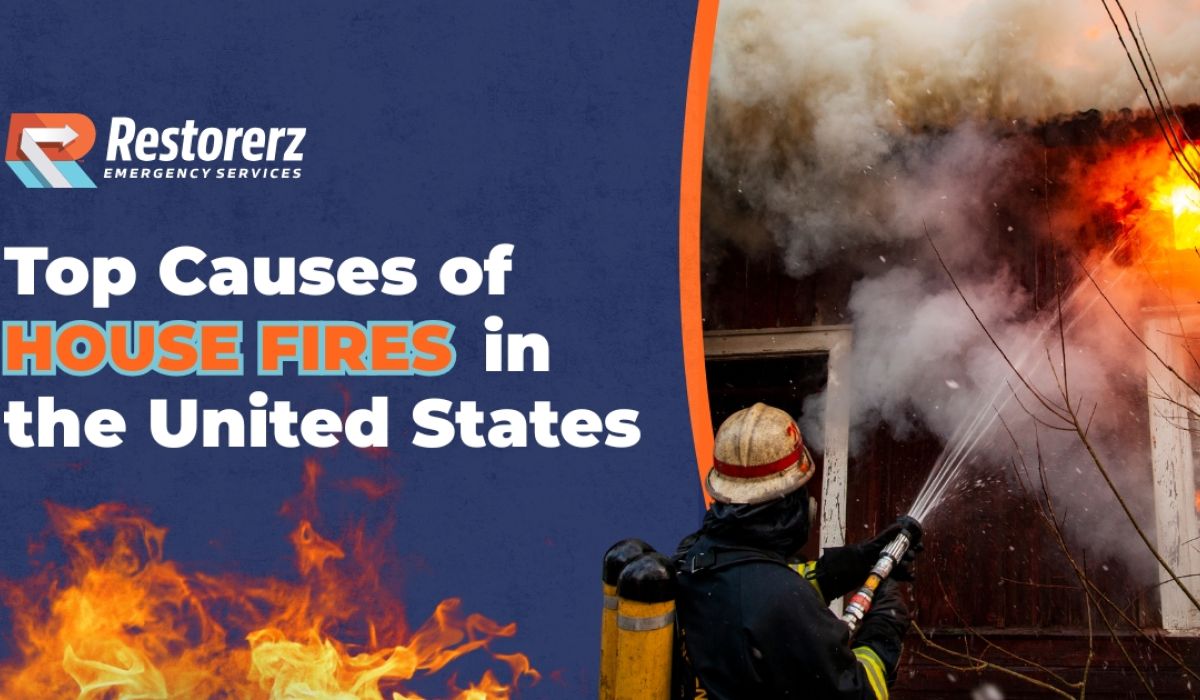What Are Straight Line Winds?

CEO, Restorerz Emergency Services

According to the Federal Emergency Management Agency (FEMA), straight-line winds were responsible for exacerbating the massive California wildfires that began in January of 2025. Straight-line winds are destructive, non-rotating winds often associated with severe thunderstorms. If straight-line winds have affected your home or business, the experts at Restorerz Emergency Services offer professional restoration services.
What Causes Straight-Line Wind Storms?
In most cases, a straight-line wind storm is caused by a major thunderstorm. These storms form when warm, moist air rises and meets drier, cooler air. This melding of air creates extremely strong updrafts and downdrafts. As the storm intensifies, cold air from the downdraft rushes to the ground with extreme force. Once the cold air from the downdraft hits the ground, it spreads quickly in a horizontal motion that creates powerful straight-line winds.
What makes these winds so powerful is their speed, which is often between 100 and 150 miles per hour. Several types of straight-line winds may occur, depending on the specific type of weather conditions at the time.
- Microbursts: These downbursts earned the name “microburst” due to their smaller size, which has a damage area of approximately 2.5 miles in diameter.
- Macrobursts: Unlike microbursts, macrobursts have a much larger damage area of at least 2.5 miles or more.
- Downbursts: This is an intense, short burst of wind that hits the ground and spreads outward rapidly.
- Derechos: A derecho is a long, damaging straight-line wind storm that can extend for hundreds of miles, leaving extreme damage in its wake.
Straight-Line Winds vs. Tornadoes
The biggest difference between straight-line winds and tornadoes is that straight-line winds occur in a linear motion, while tornadoes occur in a rotating motion. Tornadoes form from a violently rotating column of air formed within a thunderstorm and extend downward to the ground. During a tornado, inward-curving winds rotate or spin, while straight-line winds blow in a single, outward direction due to a downdraft. Straight-line winds tend to last a long time, while tornadoes tend to be quick and dissipate much faster, usually after around one hour.
In terms of wind speed, straight-line windstorms can reach 100 to 150 miles per hour. Tornadoes can reach speeds of 200 miles per hour or more, with some recorded speeds approaching 300 miles per hour. In terms of damage, straight-line winds cause widespread, linear damage with debris falling in parallel rows with a large path. Tornadoes have a much narrower path of damage with scattered and angled debris patterns that tend to meet or curl toward the center.
Types of Damage Caused by Straight-Line Winds
Tornadoes and straight-line winds both cause significant damage. However, straight-line winds tend to create a broader area of destruction. If you incurred damage after a storm, the best way to tell whether it was from a tornado or straight-line winds is to examine the path of destruction and look at the pattern. Examples of damage caused by straight-line winds include downed trees in the same direction and widespread damage over an extensive area.
A standard homeowners’ insurance policy usually covers straight-line wind damage, but it may depend on your location and the specific terms of your policy. Certain coastal areas may require additional or separate windstorm coverage. Here are some examples of the damage straight-line winds may cause to your community and your home.
- Straight-line winds typically uproot trees and bring down power lines, causing extensive power outages.
- You may experience major damage to your roof, awnings, outdoor structures, and siding.
- Windows, doors, and garage doors may shatter or become damaged due to windborne debris.
- Roof damage may cause major leaks, allowing water to seep from your attic and/or ceiling into your home.
- Shingles, granules, siding, and other exterior elements may be removed or damaged due to the intense winds and downdrafts.
How To Stay Safe During a Straight-Line Wind Event
It’s important to know how to stay safe during a straight-line wind event. Follow these tips to keep you and your family safe during these turbulent storms.
- Seek shelter indoors and go to an interior room, like a basement or a windowless room on the lowest floor of your home or the building you’re in.
- Move to the center of the building and stay away from windows and glass doors.
- Try to stay as low as possible to protect yourself from any debris or falling objects.
- If you live in a mobile home, try to evacuate before the storm reaches you.
- Stay away from power lines and trees, both during and after the storm.
- Create an emergency disaster kit to prepare for power outages, including essentials such as flashlights and extra batteries, clean drinking water, and a radio.
- If you’re driving during a straight-line wind event, stay in your vehicle, slow down, keep your seatbelt on, and pull over to a safe location until the storm passes.
What To Do After a Straight-Line Wind Storm
Make sure you stay inside until you’re certain the storm has passed and local officials have given the all-clear to go outside. Visually inspect your property from the ground to look for damage, including missing or damaged shingles, broken doors or windows, missing siding, fallen branches, and water damage. Take clear, detailed photographs and videos of all damage inside and out before contacting your insurance company to file a claim.
Stay at least 35 feet or more away from downed power lines and report them immediately. Cover any roof leaks with a tarp to prevent further water damage. Check that your water supply is safe to drink before cooking with or consuming tap water. Contact the experts at Restorerz Emergency Services to schedule help with board-up services, post-storm cleanup, and water damage restoration.
Contact Restorerz Emergency Services Today
Knowing what to do during and after a straight-line storm is the key to staying safe. If you live in Southern California or Las Vegas, NV, the certified and highly trained professionals at Restorerz Emergency Services are available 24 hours a day, 7 days a week, to respond to any emergency of any size. To learn more or schedule service, contact us today.

![What is Green Mold [Comprehensive Guide]](/wp-content/themes/yootheme/cache/ef/Restorerz-What-is-Green-Mold-1200x630-10.22.2025-v1-efa9ac85.jpeg)
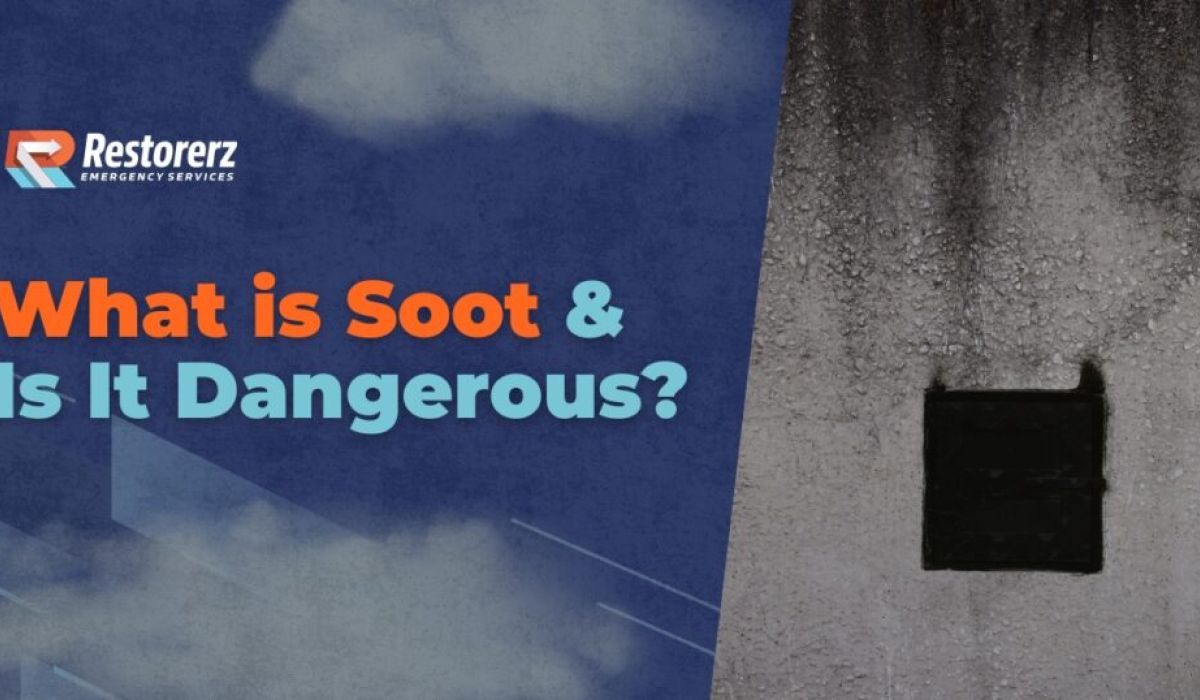
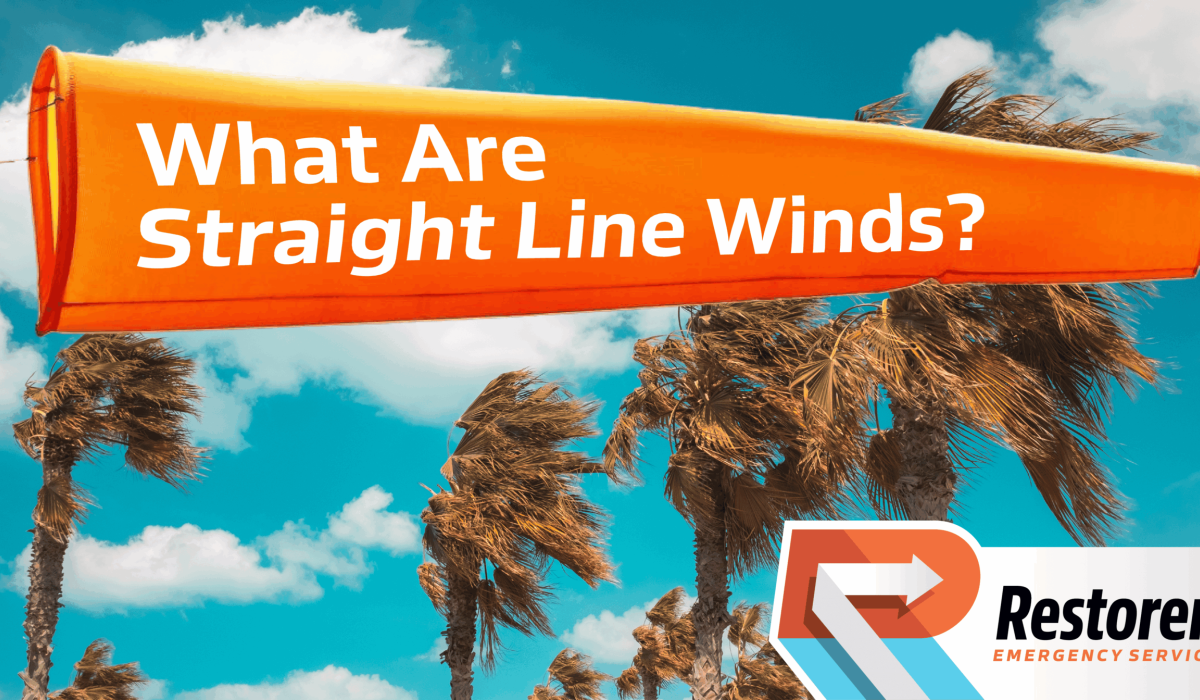
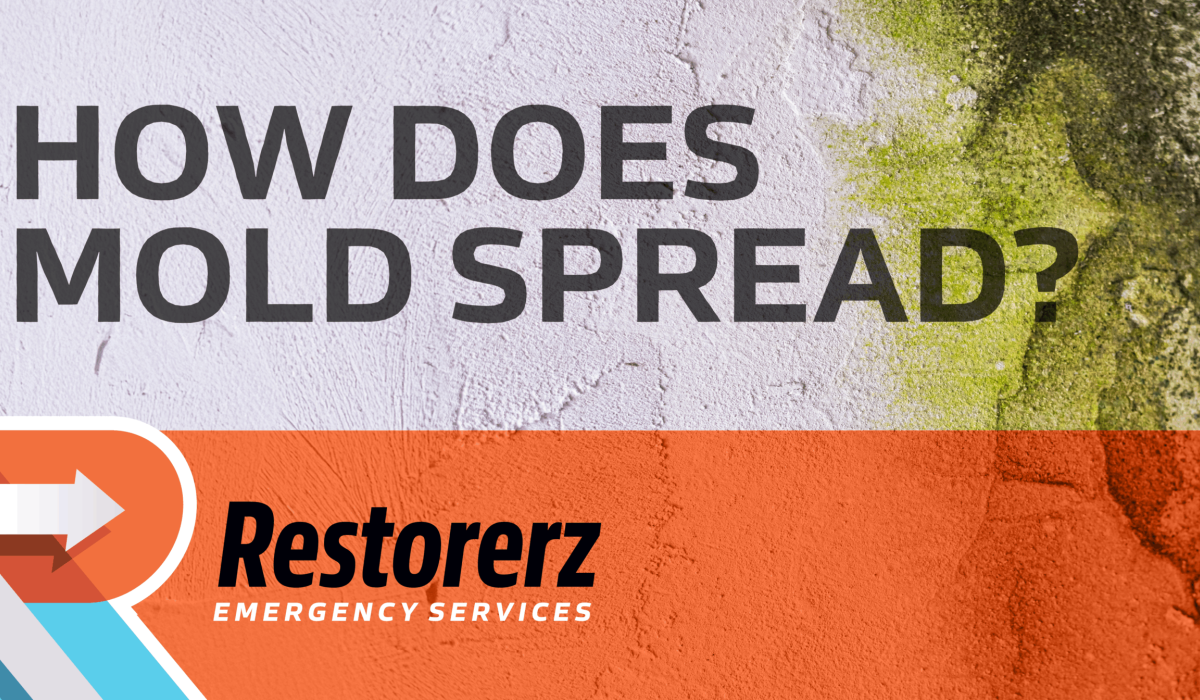
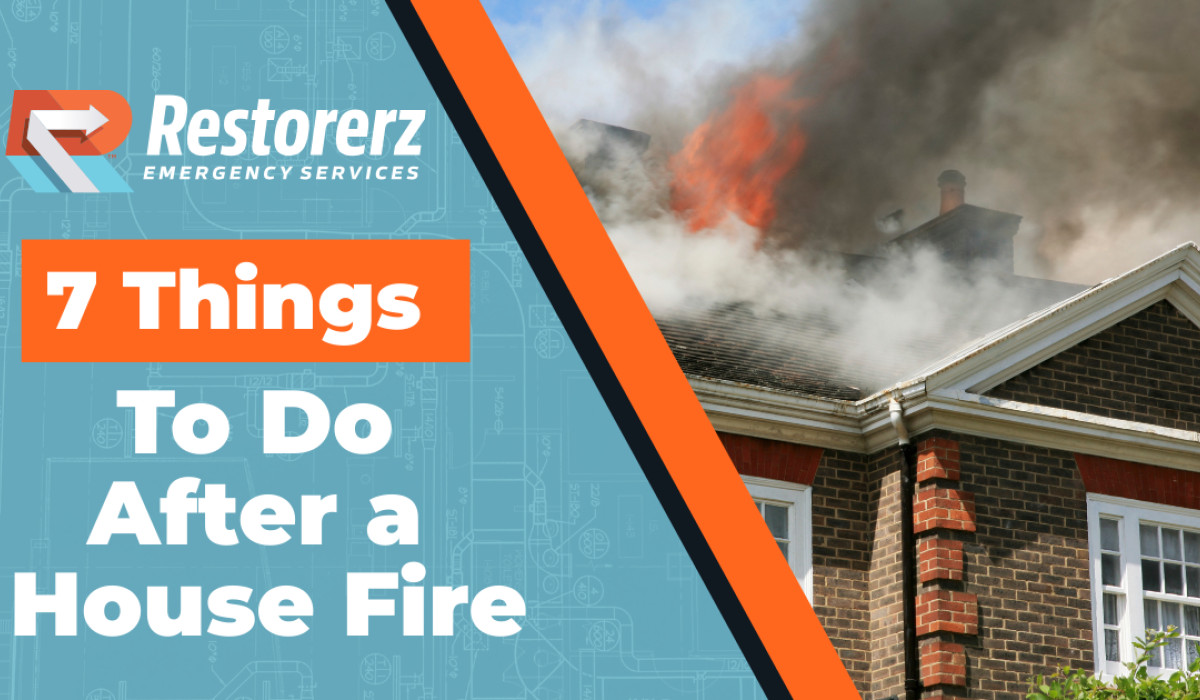

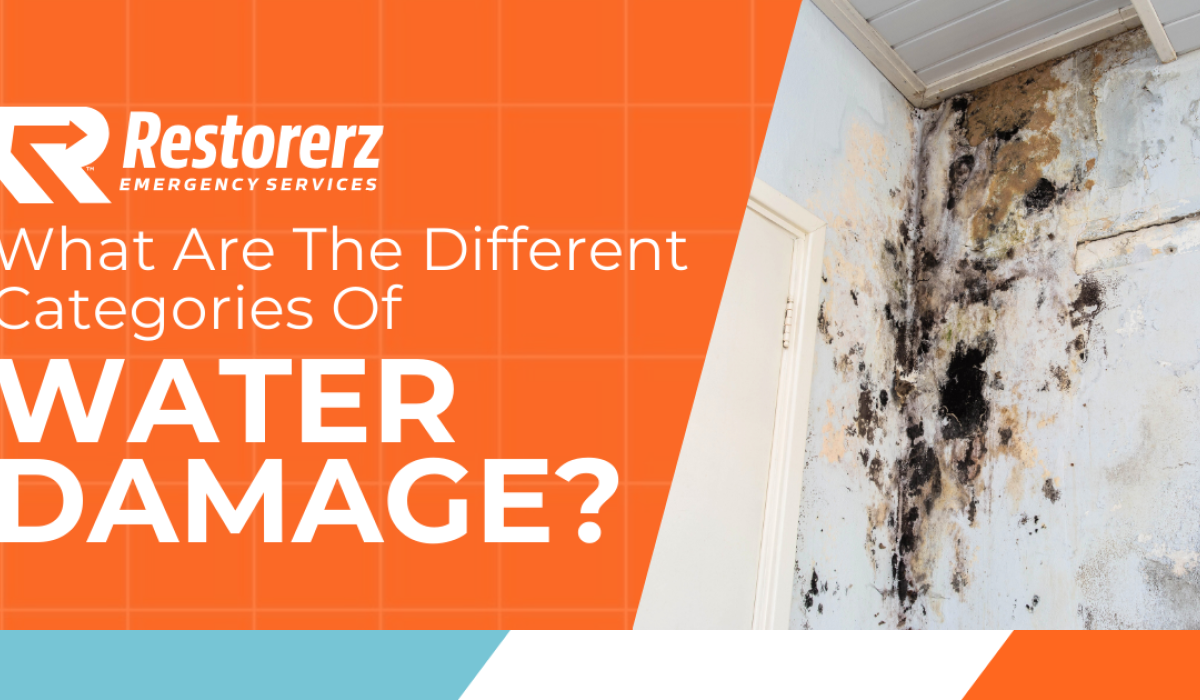

![All About Pink Mold [Prevention & Remediation Strategies]](/wp-content/themes/yootheme/cache/3a/Restorerz-Blog-All-About-Pink-Mold-Prevention-Remediation-Strategies-1-3a7c91cf.png)
